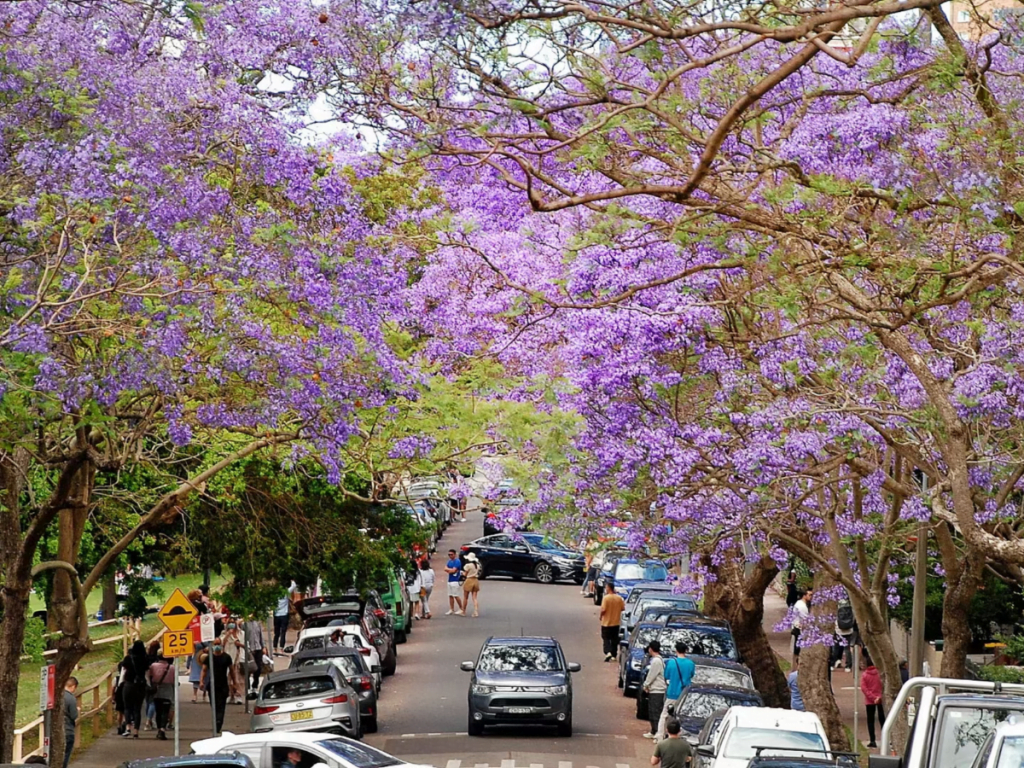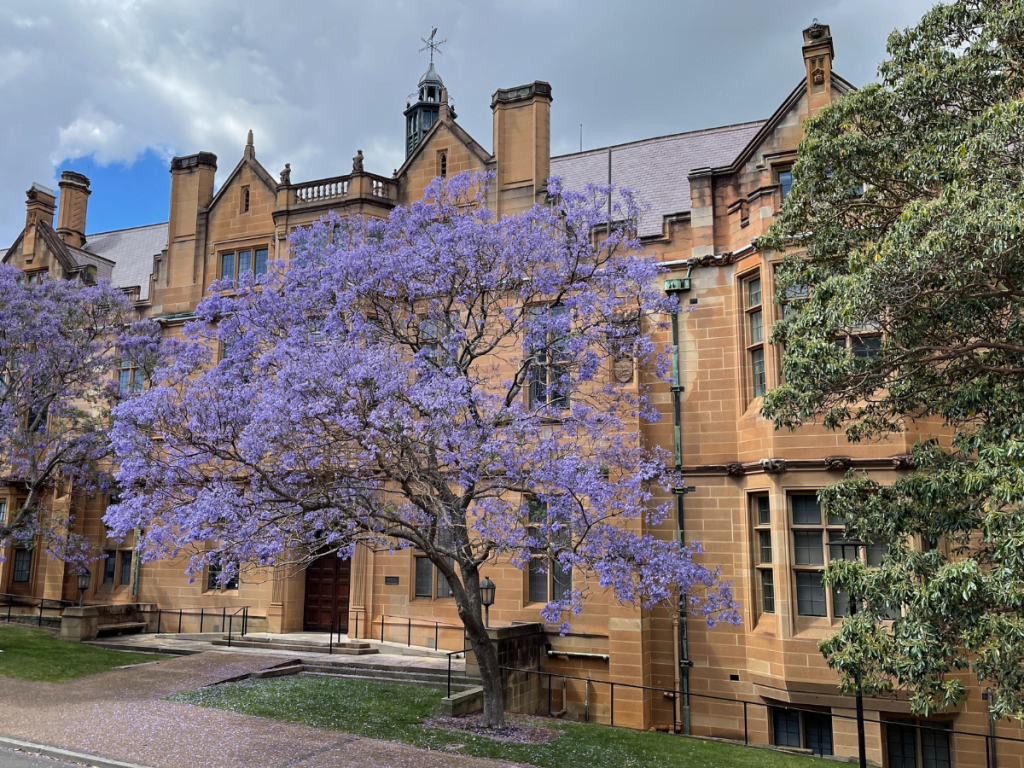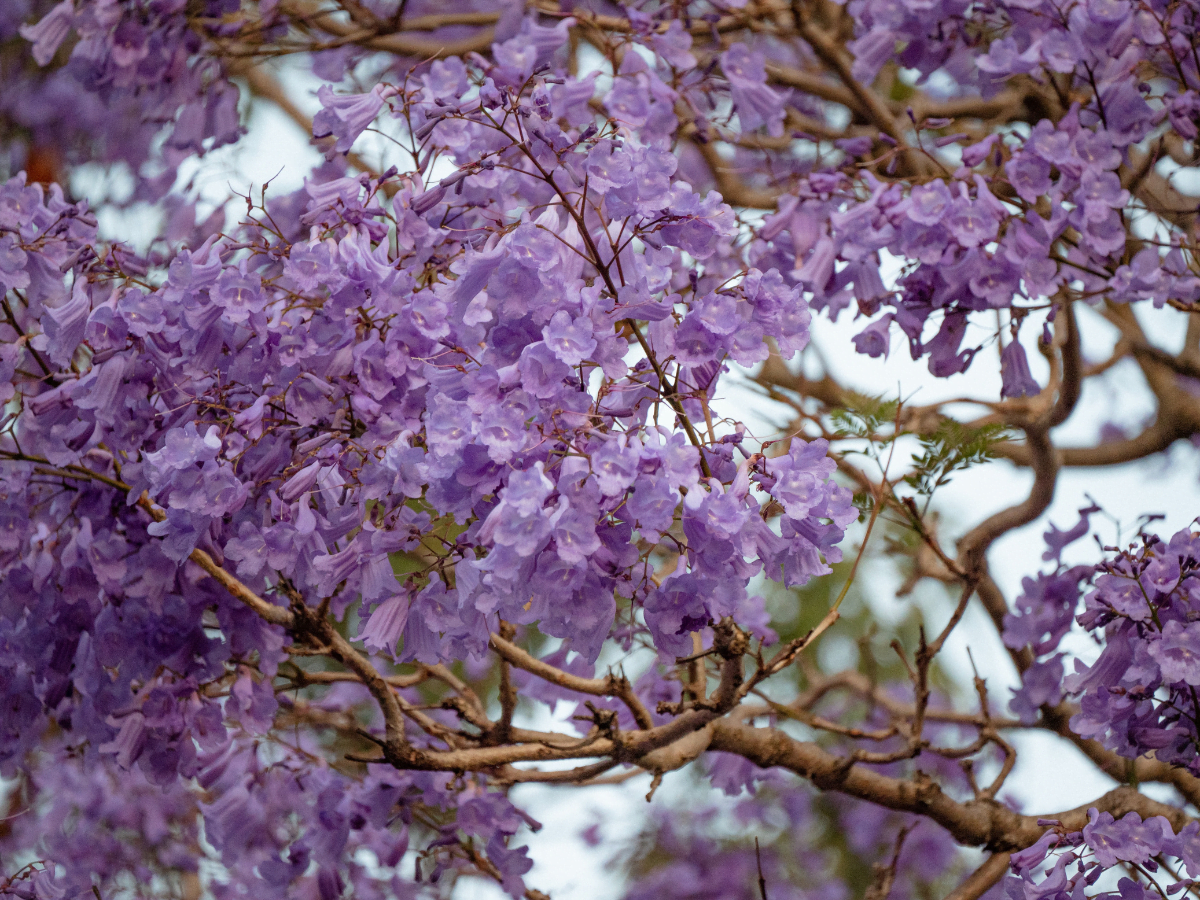As spring unfolds its kaleidoscope of colours across Australia, one captivating sight steals the spotlight – the mesmerising bloom of purple trees that seem to paint the landscape with hues of lavender and amethyst. Many Australians eagerly anticipate the arrival of these breathtaking blossoms, and rightfully so. In this blog post, we delve into the enchanting world of the Jacaranda tree, the iconic harbinger of springtime magic, exploring its origins, significance, and the awe-inspiring display it brings to the Australian scenery.
The Jacaranda Phenomenon: A Purple Symphony in Spring
Come October and November, the streets, parks, and private gardens of Australia transform into a purple paradise, all thanks to the Jacaranda tree. Known for its delicate fern-like foliage and stunning clusters of tubular, lavender-blue flowers, the Jacaranda is a botanical spectacle that captures the eye.
Are Jacarandas Native to Australia?
Many people are surprised to find out that the Jacaranda tree is not native to Australia, since they’ve become so iconic to Spring in many parts of Australia. Originating from South America, the Jacaranda found its way to Australian shores in the 19th century, bringing with it an allure that would make it a beloved and iconic addition to the local flora.

The Jacaranda’s Botanical Charm
Foliage: Elegance in Green
The Jacaranda’s fern-like leaves create an elegant, airy canopy that provides shade during the warmer months. Even before the flowers make their grand appearance, the tree’s foliage contributes to its overall charm, offering a picturesque backdrop for the floral display in Spring.
Floral Display: A Purple Extravaganza
The true spectacle of the Jacaranda tree lies in its breathtaking floral display. The tubular, lavender-blue flowers form dense clusters, creating a vibrant and impressive panorama.
Bloom Time: A Fleeting Phenomenon
The Jacaranda’s blooming season is relatively short-lived, adding to its ephemeral allure. Typically starting in late October and reaching its peak in November, the blossoms carpet the ground beneath the tree. Occasionally, you can still see some blooms in December.
Growing Jacaranda:
For those inspired by the beauty of the Jacaranda tree and eager to incorporate this enchanting species into their own green spaces, growing and caring for a Jacaranda requires a bit of know-how.
Climate Considerations: Thriving in the Sun
Jacarandas thrive in warm, subtropical and tropical climates, making them well-suited to many parts of Australia. They prefer full sun exposure, so choose a location that receives plenty of sunlight throughout the day.
Well-Drained Soil: A Key to Success
These trees prefer well-drained soil and can tolerate various soil types, but they truly flourish in soils that are rich in organic matter. Ensuring proper drainage is crucial to preventing waterlogged conditions, especially during the rainy season.
Watering: Moist but Not Soggy
While Jacarandas are relatively drought-tolerant once established, it’s important to provide regular watering, especially during the first few years of growth. However, they dislike waterlogged conditions, so maintaining a balance is essential.
Pruning: Shaping for Aesthetic Appeal
Pruning Jacaranda trees can help shape their canopy and maintain an aesthetically pleasing form. It’s generally recommended to prune during late winter or early spring before the new growth begins.

Whether gracing urban landscapes, academic campuses, or private gardens, the Jacaranda’s purple blooms are a testament to the fleeting yet enchanting beauty that nature bestows upon us each spring in Australia.
If you’re looking for a garden landscaper in Melbourne, 2 Men and a Shovel can help you select trees for your garden.






